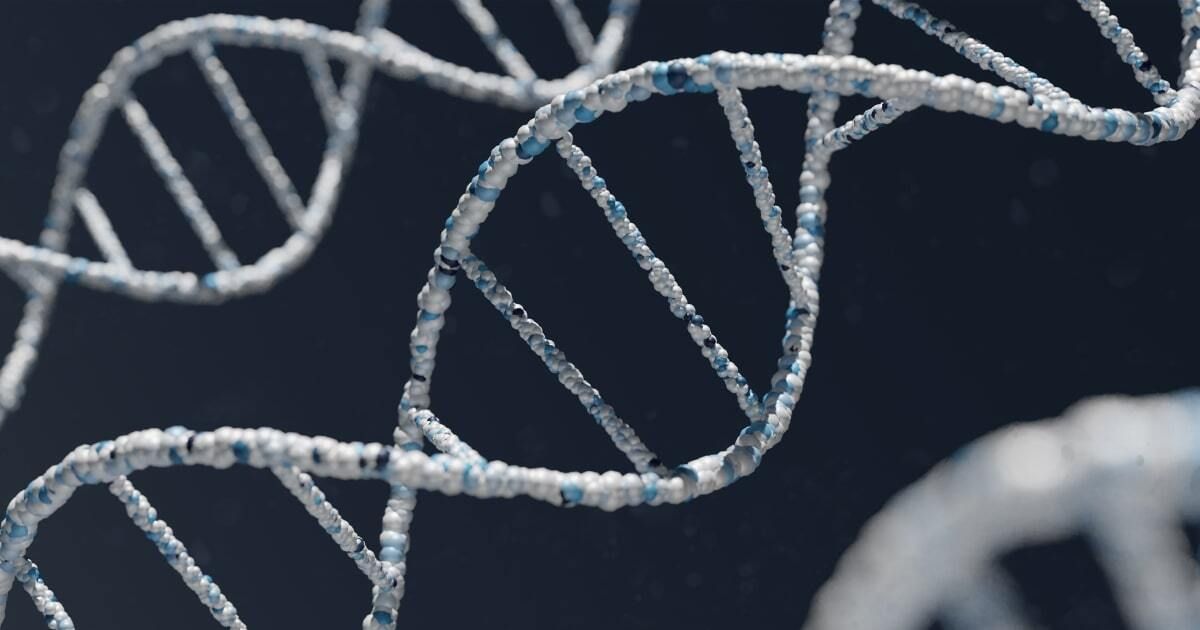Unlocking the Mystery of Rh-null: The Regulator Type Blood Phenotype

Expert Reviewed By: Dr. Brandon Colby MD
Rh-null, regulator type, is a rare blood phenotype that has captured the attention of the medical community due to its unique characteristics and implications for blood transfusion compatibility. This article aims to provide an in-depth understanding of Rh-null, regulator type, and discuss the importance of genetic testing in diagnosing and managing this rare blood phenotype.
Understanding the Rh-null, Regulator Type Blood Phenotype
Rh-null, regulator type, is a rare blood phenotype characterized by the absence of Rh antigens on the surface of red blood cells. This occurs due to mutations in the RHAG gene, which is responsible for producing the Rh-associated glycoprotein that acts as a scaffold for Rh antigens. The absence of Rh antigens makes Rh-null blood extremely rare and valuable, as it can be transfused to patients with any Rh blood type without causing an immune reaction.
However, individuals with Rh-null blood may face health challenges, such as hemolytic anemia and stomatocytosis, which can lead to fatigue, jaundice, and an enlarged spleen. These complications arise due to the altered red blood cell membrane structure and function in Rh-null individuals, making it crucial to identify and manage this rare blood phenotype.
Diagnosing Rh-null, Regulator Type Blood Phenotype
Diagnosing Rh-null, regulator type, requires a combination of serological testing and genetic analysis. Serological tests can detect the absence of Rh antigens, but they cannot differentiate between the two types of Rh-null: regulator type and amorph type. Genetic testing plays a pivotal role in identifying the specific mutations in the RHAG gene, which can help confirm the diagnosis of Rh-null, regulator type.
Case Studies and Novel Mutations
Various studies have identified novel mutations in the RHAG gene that cause Rh-null, regulator type blood phenotype. For example, a Dutch case study identified a homozygous variant in the RHAG gene responsible for the Rh-null phenotype. Similarly, a Brazilian family study discovered a novel mutation in the RHce gene, causing the loss of function phenotype. A study also highlighted that Rh-null phenotypes are not caused by a gross deletion and can occur on different Rh genetic backgrounds. Lastly, a Chinese family study identified a novel single missense mutation in the RHAG gene.
Utilizing Genetic Testing for Rh-null, Regulator Type Blood Phenotype
Confirming Diagnosis and Understanding Genetic Background
Genetic testing is essential for confirming the diagnosis of Rh-null, regulator type, and understanding the genetic background of the affected individual. By identifying the specific mutations in the RHAG gene, healthcare professionals can provide accurate information to the patient and their family about the inheritance pattern and potential risks for future generations.
Guiding Treatment and Management
Genetic testing can also help guide the treatment and management of Rh-null, regulator type blood phenotype. By understanding the underlying genetic cause, healthcare professionals can tailor treatment strategies to address the specific complications associated with the blood phenotype, such as hemolytic anemia and stomatocytosis.
Informing Blood Transfusion Compatibility
Individuals with Rh-null blood phenotype have unique transfusion compatibility requirements, as they can only receive Rh-null blood to avoid immune reactions. Genetic testing can help identify potential Rh-null blood donors, ensuring that these rare individuals have access to compatible blood transfusions when needed.
Contributing to Research and Advancing Knowledge
Genetic testing of Rh-null, regulator type individuals contributes to the growing body of research on this rare blood phenotype. By identifying novel mutations and understanding the genetic background of Rh-null individuals, researchers can advance our knowledge of the condition and potentially develop new treatment strategies in the future.
In conclusion, Rh-null, regulator type, is a rare and fascinating blood phenotype with significant implications for diagnosis, treatment, and blood transfusion compatibility. Genetic testing plays a crucial role in understanding and managing this rare blood phenotype, ultimately improving the lives of those affected by Rh-null, regulator type.
About The Expert Reviewer
Dr. Brandon Colby MD is a US physician specializing in the personalized prevention of disease through the use of genomic technologies. He’s an expert in genetic testing, genetic analysis, and precision medicine. Dr. Colby is also the Founder of and the author of Outsmart Your Genes.
Dr. Colby holds an MD from the Mount Sinai School of Medicine, an MBA from Stanford University’s Graduate School of Business, and a degree in Genetics with Honors from the University of Michigan. He is an Affiliate Specialist of the American College of Medical Genetics and Genomics (ACMG), an Associate of the American College of Preventive Medicine (ACPM), and a member of the National Society of Genetic Counselors (NSGC)